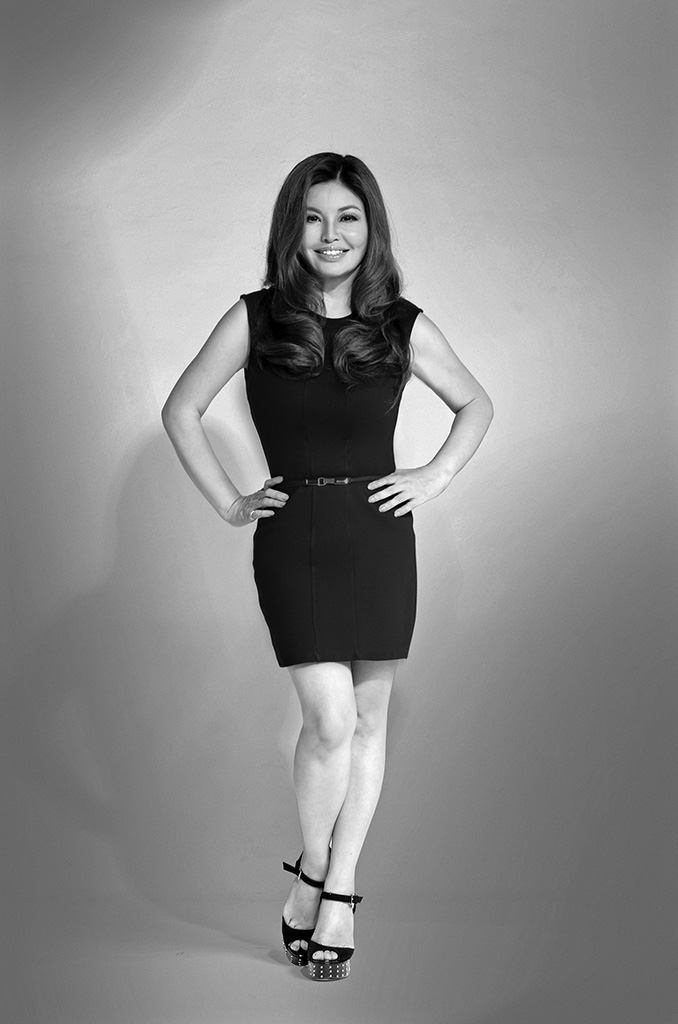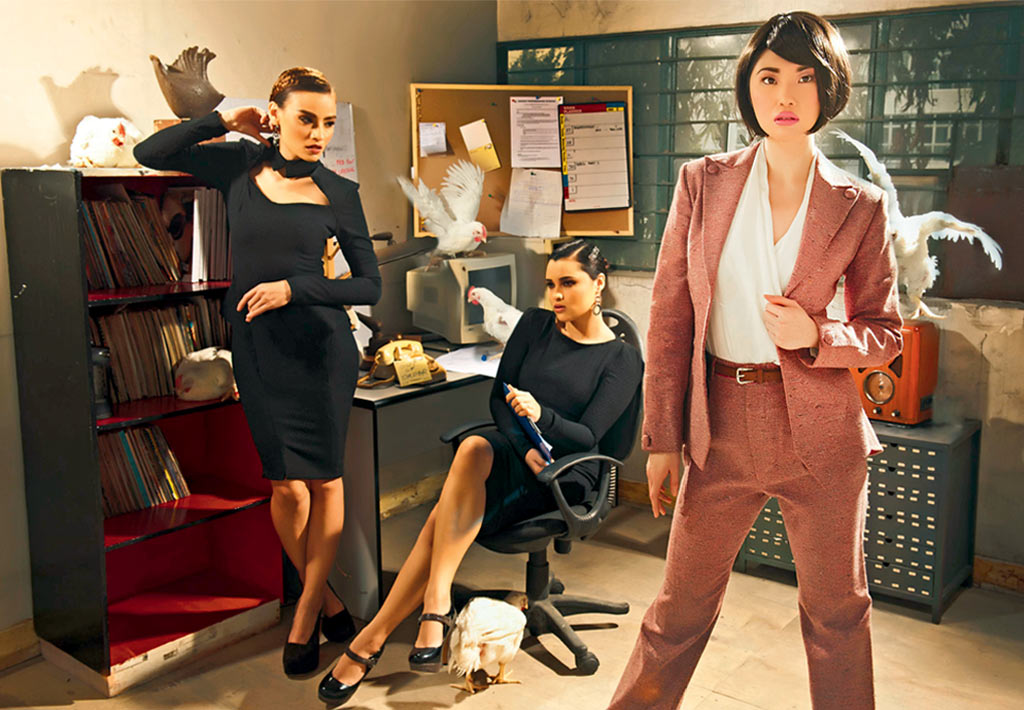As the world looks back on the life and times of Founding Editor Sari Yap, we crack open the spine of MEGA Stories: The Philippines’ Most Iconic, the 25th Anniversary offering that featured stories as told by the original MEGA woman herself.
People sometimes ask how MEGA has stayed on top for so long, and the formula is simple—when people love what they do, magic just happens. And so this is about people, the ones who chronicle the times and the people who make things happen. And sometimes these two are interchangeable, because when MEGA, the Philippines’ first fashion magazine was launched, it started a whole new industry which changed the game big time for fashion in this country.

In the past 25 years we have worked with so many people who have shaped style. MEGA has been the platform from which they have communicated their unique point of view, and this book is as much a tribute to them as it is to our quarter century of existence. And let us not forget the MEGA woman. In every editorial meeting, she sits at the head of the table. Every decision we make is in deference to this intelligent, empowered woman who is perpetually in her late 20s and early 30s. As she evolves, we evolve. And so this book also chronicles her 25 years of evolution—from the Western-centric fashion novice of the 90s to the confident-in-her-identity power wielder of today. I’d say we owe our success and very existence to the MEGA woman, as everything else we’ve ever done, is for Her.
And So It Begins

MEGA started in a gas station. Well it’s a gas station now, but it used to be an empty lot with a 30 square meter bare structure in the middle. You may have heard that MEGA started in a chicken farm. Well, that’s true too, because there were chickens all over the lot, and since the bare structure we held office in had no air conditioning, oftentimes when you looked up from your desk, a chicken would be looking down on you from the window. We also had no phone. Well, we did, but that was the age of the rotary dial and more often than not, our office phone was out of commission. But we were proud of our pagers, it made us feel sosyal and when they beeped, we would go to the nearby sari-sari store and pay two pesos to call whoever was paging. During the times the landline was working, we sometimes pretended it was a switchboard and answered: “Forwarding your call, sir” while motioning excitedly to the called party to take the receiver. I remember standing by the sari-sari store phone once, following up a prospective client. She told me to send the proposal through messenger. For a moment I didn’t understand what I was supposed to do. Then I looked at my sister Marvi, who had resigned from her advertising job to help me out, and said, “But we have no messenger. So, I guess that means us, right?” Which pretty much sums up the attitude that’s gotten MEGA from the conceptual stage to 25 years and counting. Life in the not-so-empty lot was quaint, to sugar coat it. When summer hit, we still couldn’t afford a better place so we sweltered in the heat. We only had one computer for the editorial and marketing people. The artist didn’t need one because everything was done manually. I’m sure most young people can’t even begin to imagine that so I won’t bother to describe it. Let’s just say the published magazine can have a whole paragraph sloping downwards if the artist had a drunken night.
The Growing Years

We were a staff of seven, and with no privacy. I had to take any offending party out in the sun to have a private talk whilst standing amidst the chickens. If I had a wish at that time, it was to own a sun visor. Guests were treated better. We crossed the busy avenue to the Burger Machine stand and bought them a snack. We held the meeting there, on our feet. Or maybe there were seats. I no longer remember.

When we did finally transfer, it was to a three-story townhouse whose rent we could afford. It was very dark, but at least it had air conditioning. I have no good memories there. Dealing with people caused me a lot of grief. Being an entrepreneur is not a walk in the park, and the most character building experiences have to do with how one deals with betrayal, put downs and lies. And well, no electricity. This was the Philippines in 1992-1993. Power outages lasted for almost a day, sometimes even the whole work day. If we managed to put an issue to bed, the printer couldn’t print it. Which led me to transfer the whole production process to Hong Kong, and air freight a ton of printed matter back to Manila. And that’s not an exaggeration. The magazines did weigh more than a metric ton.

Our transfer to the Ortigas Business District in 1994 was a leap of faith. We still weren’t making money, but we couldn’t grow as a serious business in the town home. Entering the new, bigger office space made us feel rich. And finally having a messenger and purchasing a vehicle for delivery (we used to deliver magazines using my parents car) made us feel like a serious business. We acquired a real telephone switchboard system within a few years and the rest, as they say, is history. Many tears are behind the images you see in this book. But I choose to remember only the laughter and the play. Sometimes, when we come up with a really good issue, I say “Wow! It looks like a real magazine.” Because I still think we’re playing. And there’s nothing wrong with that.







